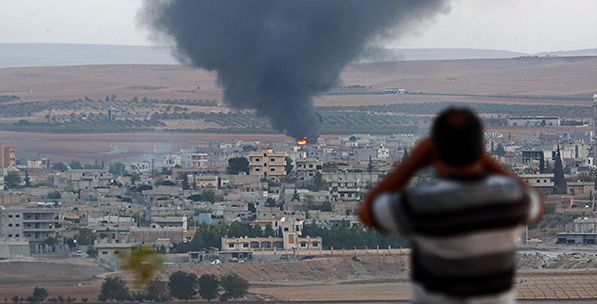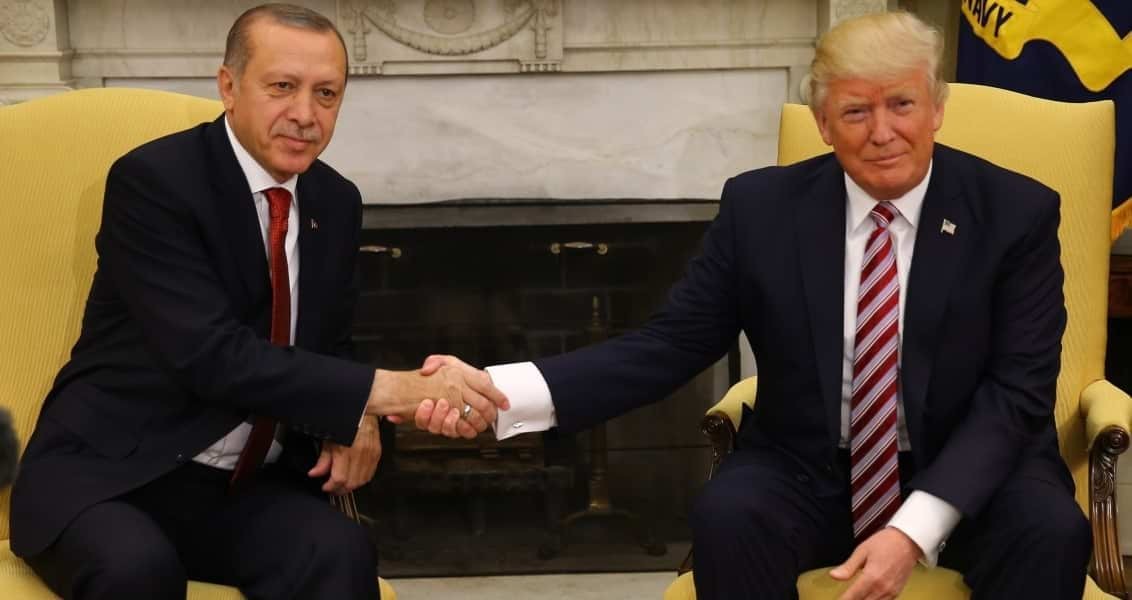The recent clashes around Kobani are once more demonstrating that the military airstrikes by the international coalition will not be sufficient to eradicate the Islamic State of Iraq and al-Sham (ISIS) from the region without a comprehensive strategy to resolve the crisis in Syria and Iraq at the same time. For the last three years, the conflict in Syria, which started with massacres by the Bashar Assad regime, has gradually evolved into major turbulence that is now spilling over into different countries in the region. The international community mostly turned a blind eye to the early phases of the conflict and avoided any form of commitments that would contain and control the crises. For more than two years, the regime killed thousands of people, millions of Syrians left their homes and became refugees and after each and every day of international indifference, organizations such as ISIS gained more ground and power not only by acquiring support from marginalized groups and excluded communities but also by creating a center of gravity among different groups in Syria. One of the breaking points in the conflict in Syria during this period was the use of chemical weapons by the Assad regime and the unwillingness to take punitive action by the U.S. administration. The Russian plan to rescue the Assad regime from any form of military attack or sanction because of using chemical weapons changed not only the psychological atmosphere among Syrian citizens, it also challenged the credibility of opposition groups that have limited and moderate goals in Syria.
Despite the deteriorating situation in Syria, "no boots on the ground" became the most frequently said talking point in Western countries. For instance, a plan to arm and train Syrian opposition groups during this period did not get approval from the U.S. Congress. Three years after the beginning of the crises, the situation in Syria generated a major threat to international security. The rapid advancement of ISIS forces in Iraq and the massacres it committed in different towns in Iraq and Syria led to the formation of an international coalition to destroy the militant organization. However, under current circumstances airstrikes on ISIS targets only provide a cosmetic remedy to a problem that becomes even more complex by the day and looks like a band aid for a major hemorrhage.
It was obvious from the very beginning that a highly mobile and operationally flexible organization such as ISIS could not be defeated by airstrikes alone and necessitated a very effective counterinsurgency operation that would entail gaining the support of Sunni groups in Iraq as well as a meaningful level of military aid for opposition groups in Syria that could tip the balance of power. Also, in order to stop the emergence of ISIS-like organizations, it was important to eradicate the root causes that led to the formation of ISIS by forming a more inclusive government in Iraq and to find a solution for the crisis in Syria. In the absence of these two major steps any remedy to eliminate ISIS would only pave the way to the emergence of another radical group to fill the void in the region left by ISIS.
However, despite these realities, the international coalition launched its operations against ISIS and the limitations of the operation, without a clear strategy, became quite obvious with the clashes in Kobani. The coalition airstrikes did not stop ISIS forces from advancing on the town, and as they got closer another major refugee flow started from the region to Turkey. As Turkey tried to deal with this huge flow of refugees, some started to say that Turkey has to take action to stop the ISIS advancement by becoming militarily involved. From the very beginning of the crisis in Syria, Turkey has been in the midst of a major national security threat due to its border with a semi-failed state that does not shy away from using chemical weapons on its citizens, bombing its towns with SCUD missiles and attacking Turkey's fighter jets. More importantly, to have a 900-kilometer border







